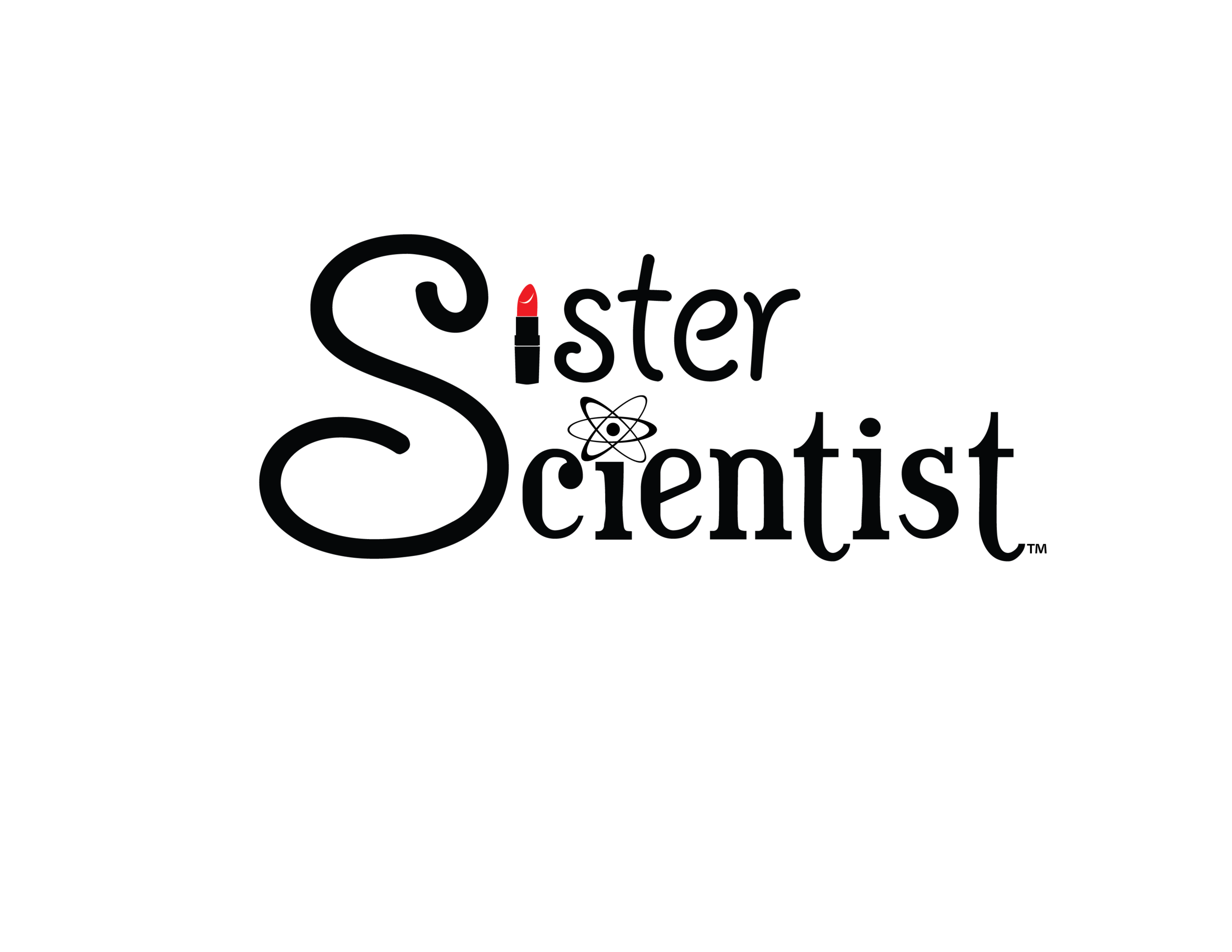Oleic & Linoleic Acid: The Reason You Love Oils So Much
Naturally curly hair requires dedication and knowledge so it is not uncommon for women with curls, coils, and waves to go the extra mile for their hair. The earth is scavenged for knowledge on everything from our own hair structure to the best conditioner for our hair’s porosity. Gone are the days of guessing or just believing claims on the product packaging. Doing your research is a significant component of healthy hair care and knowing how the products are benefiting your hair is just as important as what you choose to add to your hair.
Natural oils are essential to healthy coily, curly, and wavy hair. Cleansing dehydrates curls, so when you are washing your strands you are allowing your hair shaft to open up and remove buildup along with nutrients and natural oils. This is why many curlies, wavies, and coilies choose to co-wash or even take the water-only hair washing route as a means to avoid excessive dryness.
Carrier oils harbor numerous benefits from head to toe, and although we hear this on most hair care sites, what exactly is in that oil that brings so many advantages to your tresses? Yes, it is easier to just stick with the basics, but once you break down what makes up these natural oils it can be confusing. A perfect example would be any term with the word acid, as all acids are not created equal.
OLEIC ACID
C18 H 34 O 2 is a pale yellow oily liquid widely available in nature. The highest sources of this natural wonder are avocados, olive oil, and canola oil. This monounsaturated fatty acid can do amazing work in our bodies. - Livestrong
LINOLEIC ACID
C 18H 32 O 2 is an unsaturated omega-6 fatty acid that is colorless at room temperature. Found in the lipids of cell membranes, it is abundant in several vegetable oils, safflower, sunflower, and corn oils.- News-Medical
For an expert source I tapped on the shoulder of our very own Sister Scientist and she shared some insight about these two amazing acids, "Oleic and linoleic acid are saturated fatty acids that a make up the backbone of many of the natural oils and sebum. As standalone ingredients, they still have properties to condition the hair and skin and help to unblock pores on the scalp. As long they are added at an efficacious amount and are stable enough to not oxidize inside of the formulation, they can serve a purpose for the hair and scalp.”
Oleic and linoleic acid are saturated fatty acids that a make up the backbone of many of the natural oils and sebum.
Oleic acid (also called Omega-9) is an acid our bodies can create whenever it has a caloric surplus, but linoleic acid (also called Omega-6) is an essential fatty acid that our bodies need but cannot create. Oleic acid and linoleic acid are different fatty acids but both are assets to our strands. Linoleic acid stimulates hair growth, maintains a healthy scalp conditions, and will control water loss in your hair. Oleic acid will also control water loss in your strands while making your hair softer and more pliable. Blogger Minimalist Beauty categorizes more oils that are high in oleic acid and high in linoleic acid:
Higher in oleic acid: shea nut oil, sweet almond oil, and palm fruit oil.
Higher in linoleic acid: rose hip seed oil, soybean oil, and hemp seed oil.
Do you use any of these oils for your hair and scalp?
